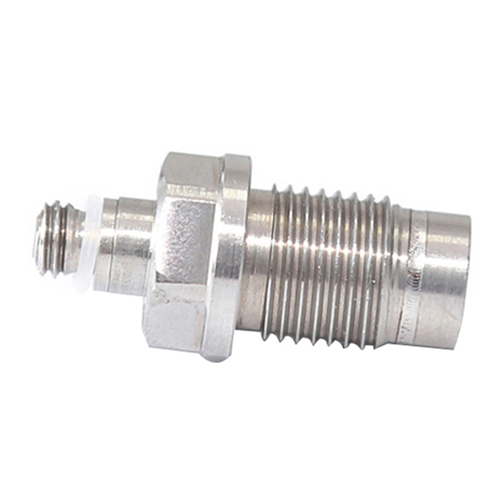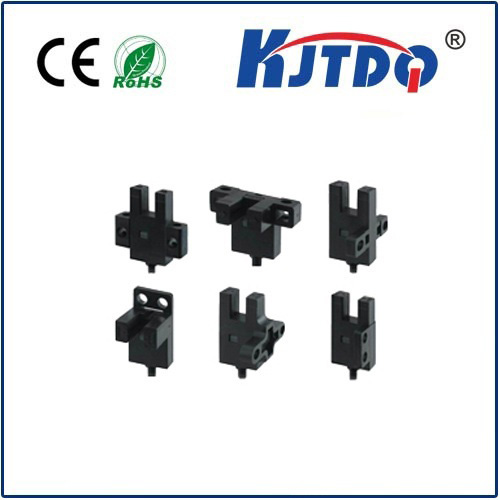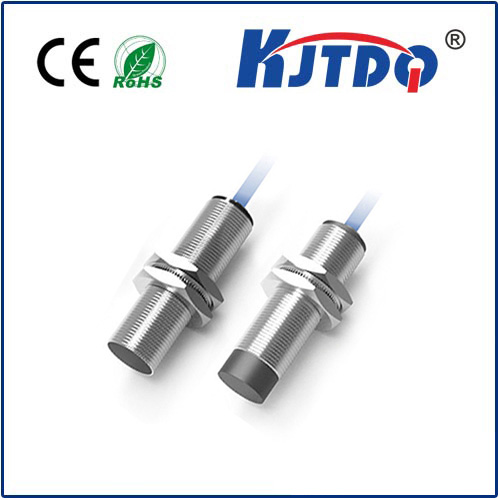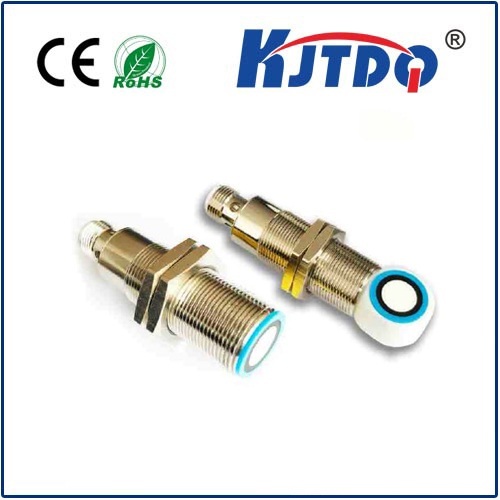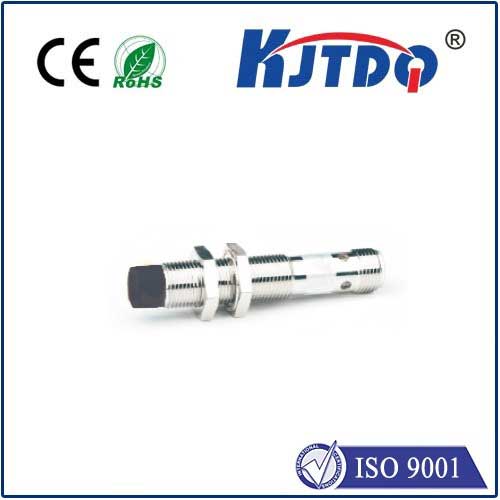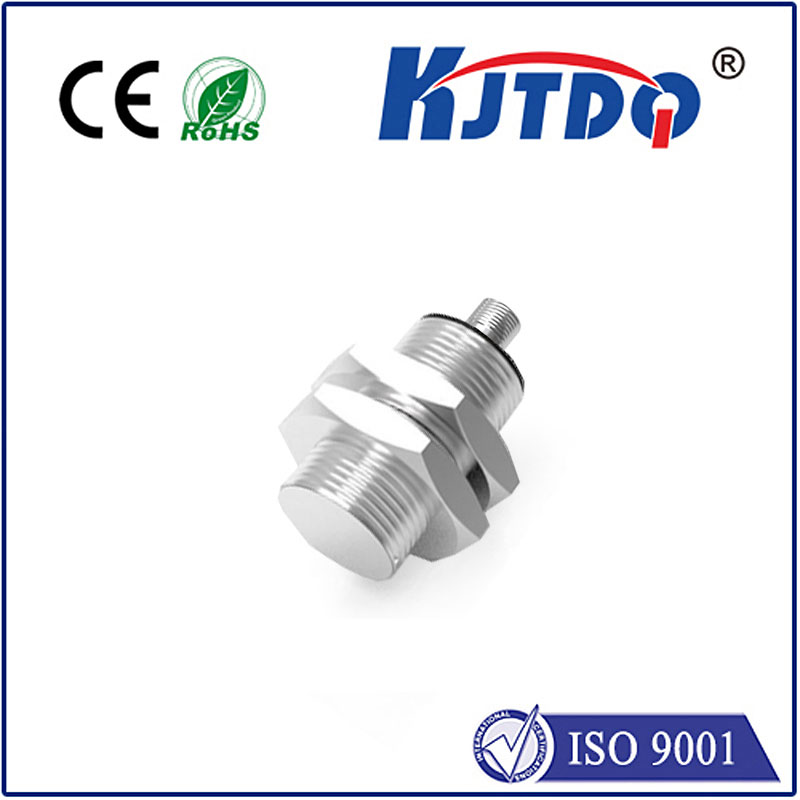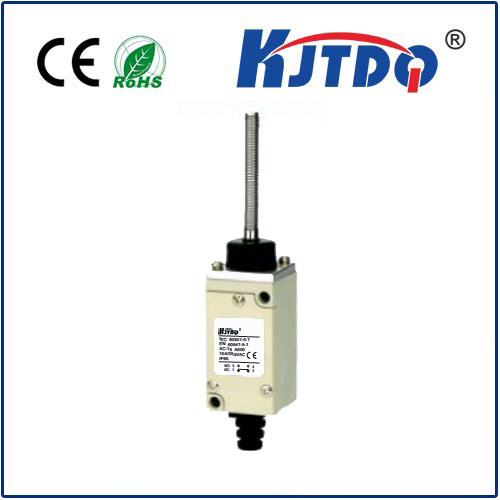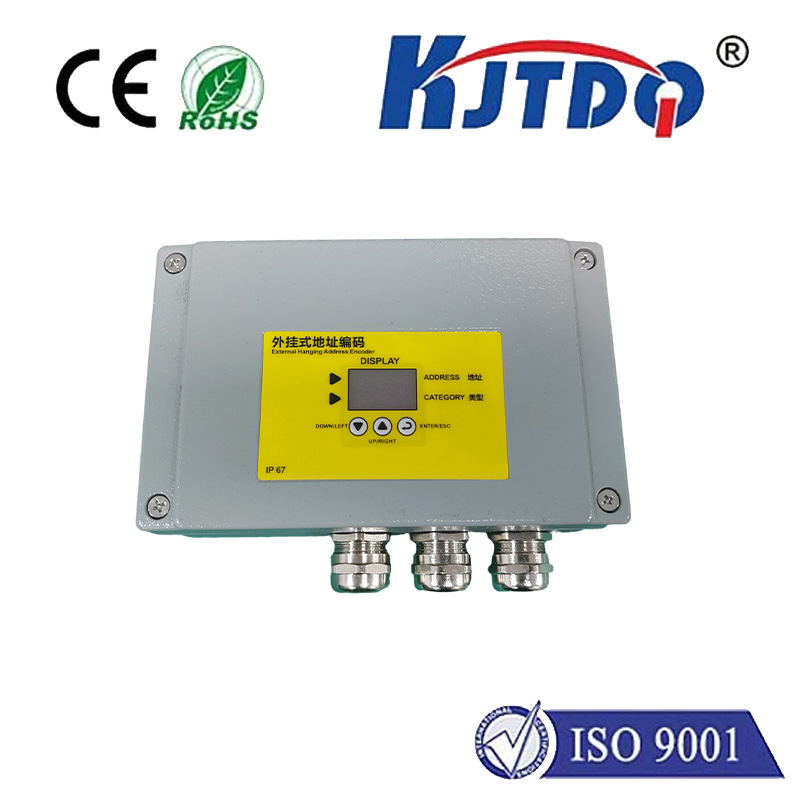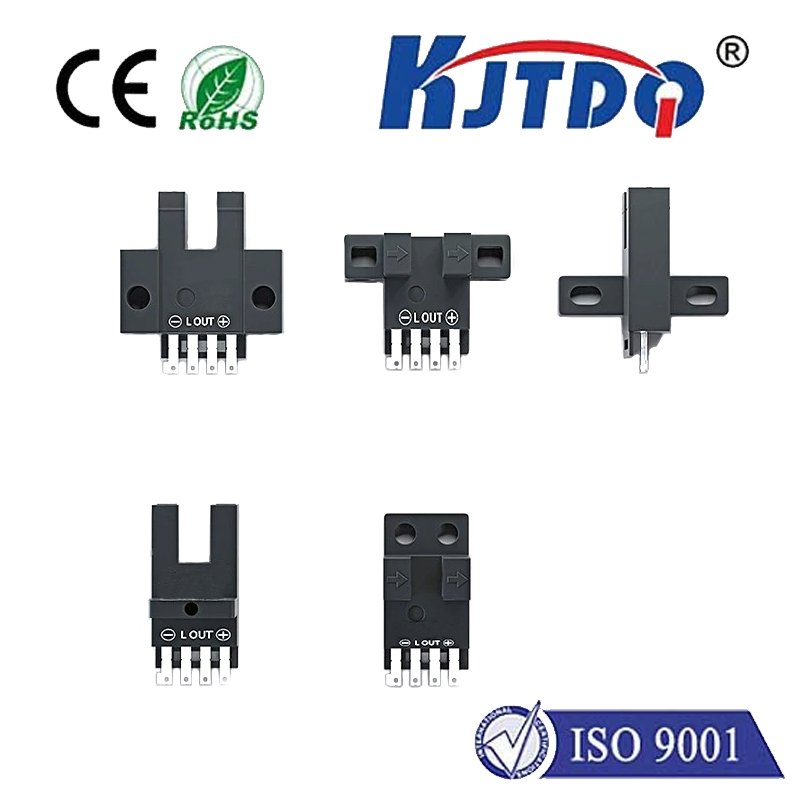lj8a3 2 z by proximity sensor
- time:2025-06-27 03:34:46
- Click:0
The LJ8A3-2/Z: Your Silent Guardian in Industrial Automation (By Proximity Sensor)
Imagine a high-speed bottling line. Thousands of glass containers whizz by every hour. Suddenly, a misaligned bottle threatens to cause a catastrophic collision and costly downtime. But disaster is averted – not by human intervention, but by a silent, unblinking sentinel: a proximity sensor. Devices like the ubiquitous LJ8A3-2/Z proximity sensor are the unsung heroes of modern automation, providing the essential non-contact detection that keeps processes fluid, safe, and efficient. This is the realm where subtle electromagnetic fields replace physical touch, enabling machines to ‘see’ and react to their environment.
At its core, an inductive proximity sensor like the LJ8A3-2/Z operates on a simple yet elegant principle. It generates a high-frequency oscillating electromagnetic field from its sensing face. When a metallic target object (like a machine part, conveyor component, or product) enters this field, it induces eddy currents within the target. These eddy currents absorb energy from the sensor’s oscillator, causing its amplitude to decrease. The sensor’s internal circuitry detects this energy loss and triggers a solid-state electronic switch, typically sending an ON or OFF signal. The magic lies in its non-contact nature – no physical wear, no mechanical stress, just reliable, instantaneous detection.

So, what makes the LJ8A3-2/Z, specifically, such a prevalent choice across countless applications? Its enduring popularity stems from a combination of robust features tailored for demanding industrial environments:
- Compact & Durable Design: Typically featuring an M18 cylindrical threaded barrel, this sensor offers a perfect balance of compact size for easy integration and sturdiness. Its housing is usually constructed from rugged materials like nickel-plated brass or stainless steel, providing excellent resistance to impact, vibration, and harsh industrial chemicals.
- Defined Sensing Range: The “2” in its designation commonly refers to a 2mm nominal sensing distance. This means it can reliably detect standard steel targets (usually 1mm thick) at a distance of 2mm from its face. This predictable range is crucial for precise positioning tasks. Models exist with different sensing ranges (e.g., LJ8A3-1/Z for 1mm, LJ8A3-4/Z for 4mm) to suit various needs.
- Flush or Non-Flush Mounting: The LJ8A3-2/Z is often available in both flush-mountable (shielded) and non-flush (unshielded) variants. Flush-mountable sensors can be embedded in metal without affecting performance, offering protection from physical damage and simplifying installation. Non-flush types generally offer a slightly longer sensing range.
- Robust Electrical Performance: Operating typically on a 10-30V DC supply, it delivers a robust PNP Normally Open (NO) or NPN Normally Closed (NC) output signal (depending on the specific model suffix), compatible with standard Programmable Logic Controllers (PLCs) and other control systems. Its solid-state switching ensures millions of reliable operations with no contact arcing or bounce.
- Environmental Resilience: Engineered for challenging conditions, standard LJ8A3-2/Z sensors boast impressive IP67/IP68 (Ingress Protection) ratings. This signifies exceptional resistance to dust ingress and protection against the effects of temporary or prolonged immersion in water, making them ideal for washdown areas, outdoor use, or dusty workshops. They also typically handle wide operating temperature ranges, ensuring performance in both freezing cold and sweltering heat.
- Status Indication: A built-in LED indicator provides immediate visual feedback on the sensor’s operating state (powered on, target detected, etc.), simplifying commissioning, troubleshooting, and routine monitoring. This small feature significantly reduces diagnostic time on the factory floor.
The real value of the LJ8A3-2/Z proximity sensor lies in the tangible benefits it delivers across diverse sectors:
- Reliability is King: Its non-contact design eliminates mechanical wear associated with limit switches. The LJ8A3-2/Z provides exceptional long-term reliability and consistent performance, drastically reducing unplanned maintenance and associated downtime costs. Production lines keep running smoothly.
- Speed & Precision: Detecting targets without physical contact enables detection at incredibly high speeds – far exceeding the capabilities of mechanical switches. This precision is vital in high-throughput applications like packaging, sorting, and assembly, where millisecond accuracy matters.
- Reduced Maintenance Costs: The absence of moving parts susceptible to jamming, breaking, or wearing out translates directly into significantly lower maintenance requirements and costs over its operational lifetime. Its sealed construction further protects it from environmental degradation.
- Operational Safety: By enabling non-contact object detection, these sensors help create safer machine environments. They can be used for presence detection to prevent machine operation when personnel are in danger zones (as part of a comprehensive safety system), position verification before initiating potentially hazardous movements, or detecting guard door positions.
- Energy Efficiency: Solid-state electronics combined with non-contact operation make sensors like the LJ8A3-2/Z inherently energy-efficient. Their low power consumption contributes to the overall efficiency of automated systems.
Where does the LJ8A3-2/Z shine? Its versatility makes it a staple in near-countless scenarios:
- Position Verification: Detecting if a cylinder is fully extended or retracted, confirming the presence of a part on a fixture or conveyor pallet, verifying end-of-travel positions. (
LJ8A3-2/Z consistently confirms robotic arm positions in automotive welding lines.)
- Object Counting: Tallying products passing a point on a conveyor, counting packages, tracking components entering assembly processes. (
Accurate counting of packaged goods on high-speed filling lines.)
- Speed Monitoring: Detecting teeth on gears or sprockets to monitor rotational speed or verify motion.
- Level Detection: Monitoring the presence or absence of metal objects in chutes, hoppers, or bins. (
Ensuring adequate metal component feed into a CNC machine.)
- End-of-Travel Detection: Safely halting the movement of automated doors, gates, slides, or actuators when they reach their programmed limit.
- Machine Tooling: Confirming tool presence in tool changers on CNC machines, detecting workpiece clamping.
From the relentless pace of automotive assembly lines to the delicate processes in food and beverage production, from the rugged environment of material handling to the precision demands of semiconductor manufacturing, the LJ8A3-2/Z inductive proximity sensor stands as a fundamental component. Its unassuming presence belies its critical role. It provides the essential ‘eyes’ that machines need to operate intelligently, safely, and efficiently. By offering robust, reliable, non-contact detection of metallic objects in the harshest conditions, this sensor exemplifies why proximity sensing technology remains indispensable in the ongoing evolution of industrial automation. Choosing the right sensor, like the proven LJ8A3-2/Z, isn’t just about detecting metal; it’s about building a foundation of reliability, efficiency, and cost-effectiveness into the very heart of your automated systems.






